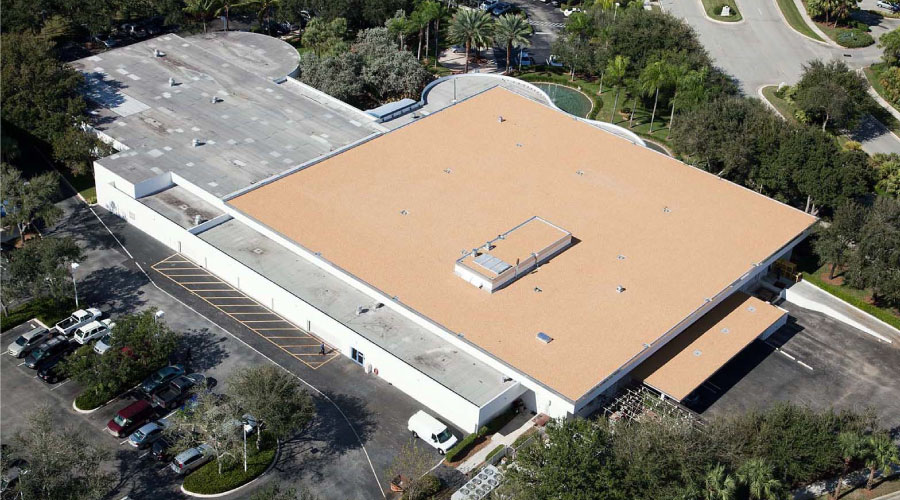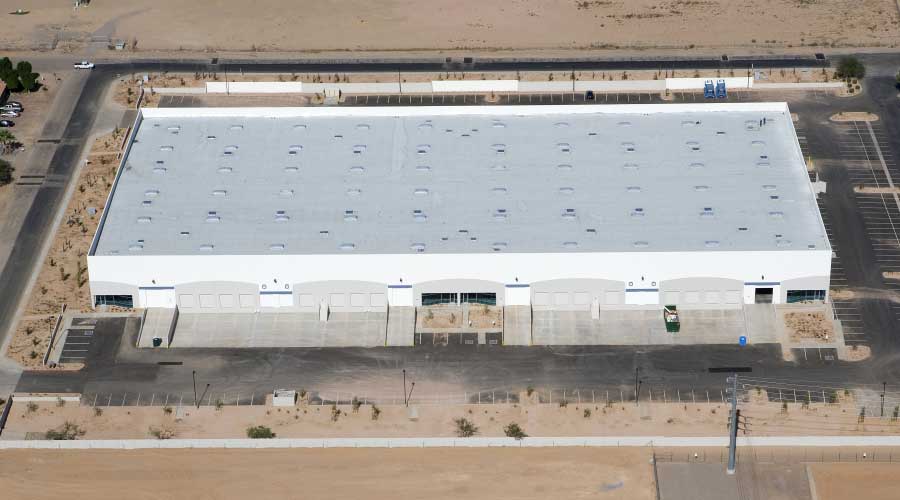10 Reasons Roofs Should Be Inspected
Roofs are often said to be like tires. We only think of them when a problem arises, and we only replace them when we absolutely must. But, when we do think of tires and maintain them regularly, we can extend their useful lives. Similarly, we need to ensure that the roof receives the proper maintenance to increase its useful life.
Extending roof life starts with regular inspections. The National Roofing Contractors Association recommends inspecting all roofs twice a year: once after the coldest weather, once after the hottest weather. (And it's always a good idea to inspect the roof following any major weather event.) But why should roofs be inspected, and what do we hope to discover by doing so?
All roofs should be inspected whether they are low slope roofs or steep roofs. A low slope roof is one with a slope of less than 3:12 whereas a roof with a slope greater than 3:12 is considered to be a steep roof. All low slope roofs should have at least 2 percent slope, which is approximately 1⁄4-inch per foot.
What follows are ten pieces of advices — or the ten most common reasons — to inspect roofs at least twice per year.
1. Weathering and Aging
The benchmark life for multi-ply bituminous low-slope roofs is 20 to 30 years and approximately 15 to 25 years for most single-ply roofs. All roofs undergo normal weathering and aging, and the effects of those factors are usually visible. As roofs weather and age normally, openings may occur, leading to water infiltration. Regular inspections call attention to weathered areas and enable an owner to schedule maintenance on these deficiencies to prevent further damage.
2. Routine Maintenance Damage
If your roof is not protected properly, damage can occur from tradespeople performing maintenance on air conditioners and other systems. This sometimes occurs because of trades failing to close mechanical access panels on roofs or leaving refrigerant containers. In addition, maintenance trades often fail to clean up their debris. Items left on roofs can become flying objects in high winds. A regular inspection program incorporates roof cleaning into the ongoing maintenance cycle.
3. Storm Damage
High winds, hail, and other weather events can create damage to roofs that may trigger repairs or insurance claims. Roofs should be inspected immediately following weather events to prevent further damage due to water infiltration. Damage from winds or hail can be slight and require little more than minor maintenance, or the problems can be major and require roof replacement. Insurance loss adjusters have reported that a significant amount of storm damage is actually caused by material, components, or debris blown from roofs in high winds. Tree limbs and branches can fall on roofs creating significant damage. Roof blow-offs start at the perimeter, and when roofs are not properly designed or installed to provide proper perimeter securement, severe damage can occur. Storm damage may require emergency repairs costing even more money.
Related Topics:













